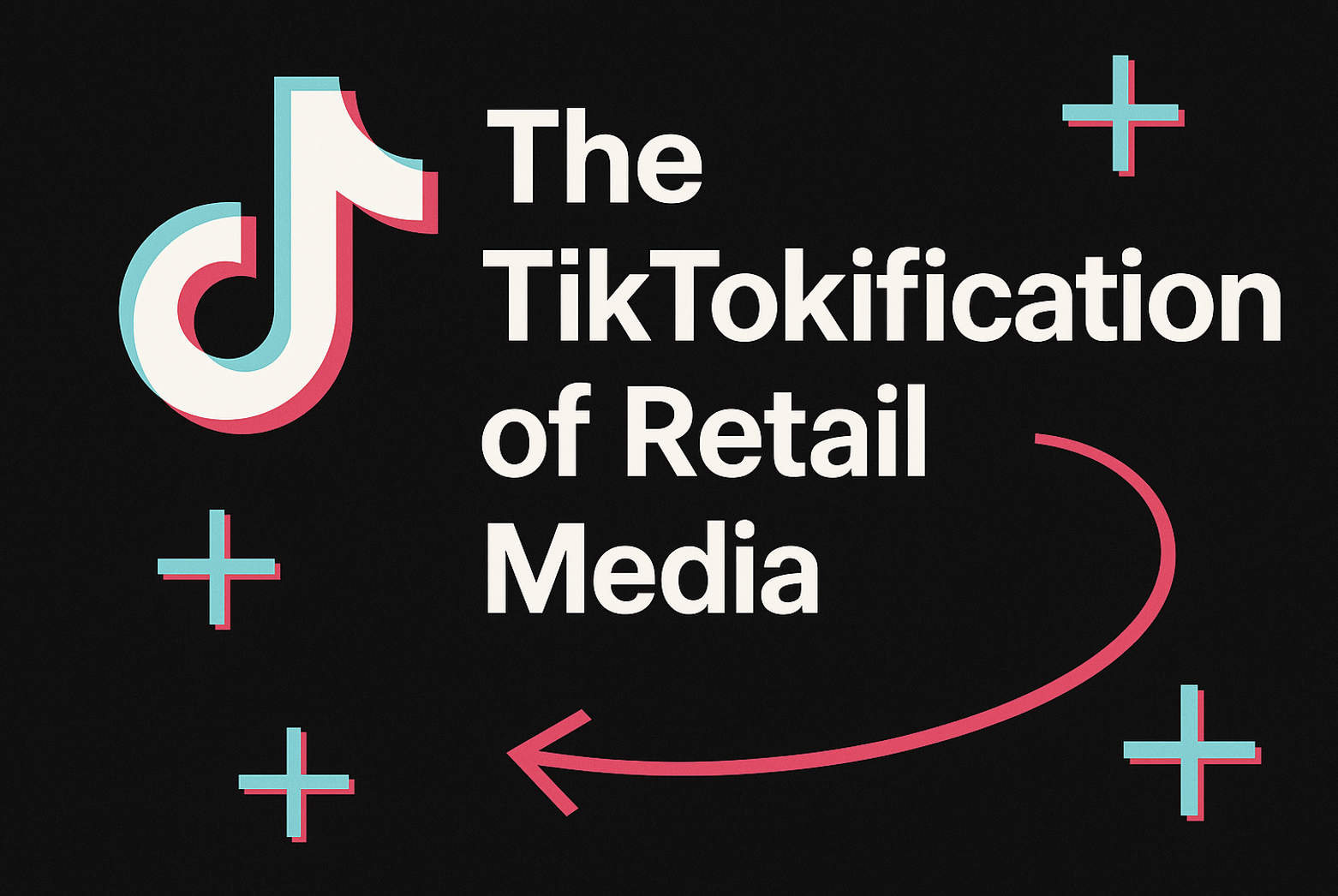The recent news that 2016 saw a higher volume of credit and debit card transactions than cash payments, as well as the rapid increase in the popularity of contactless payments, presents retailers with an opportunity to optimise the in-store environment to significantly reduce friction in the customer journey.
Contactless purchases now account for over 30% of card transactions; in October 2015 this figure was just 10%. This spectacular growth in user adoption of contactless offers retailers the opportunity to fundamentally rethink how they manage the customer journey through their store.
Mobile technology is playing an increasingly important role in the in-store experience, with Qmatic’s latest research revealing that 19% of consumers are now comfortable making payments with their mobile phones, and using mobile checkouts. However, the research also reported that over half of consumers (53%) have never experienced any of this technology within British stores.
Vanessa Walmsley, Managing Director at Qmatic UK, explains: “The growth of contactless technology can provide significant benefits to retailers. A recent report from the Bank of England indicates that the ease of contactless technology may encourage consumers to spend more, increasing sales for retailers. Additionally, the speed of contactless transactions can reduce waiting times and friction points within the retail environment, creating a seamless experience that may increase customer loyalty and sales.”
Qmatic’s research found that, out of 100 retailers surveyed, 49% see mobile optimised checkouts as the innovation most likely to make a significant impact on the customer experience, above other technology such as virtual and augmented reality.
While the development of this technology may have significant implications on retail within the next five years, Vanessa suggests that to maximise the potential, retailers need to implement in-store mobile technology throughout the customer journey, rather than just at checkout.
Walmsley continues: “Paying with their mobile phone or through an app offers customers a way to complete the process after they enter a store. However, retailers need to ensure that they have an end-to-end connected experience to engage with customers, on their chosen platform, at all the interaction points with their brand. The integration of mobile technology can offer a seamless, omnichannel experience that supports the customer journey, winning over new customers, retaining the loyalty of existing customers and potentially increasing sales.”
“Card transactions and contactless technology supplanting cash as the most popular form of payment is undoubtedly a significant milestone for the retail industry,” Walmsley adds. “However, retailers must ensure that, regardless of how consumers choose to pay, they continue to provide a frictionless experience. It is clear that mobile and contactless technology is going to disrupt the payments process, which has remained largely the same for decades, but there are limitations to these innovations. The limit for contactless payments is £30, which renders it impractical for anything other than everyday purchases, and there is still a perception among some consumers that it may be a less secure transaction than traditional “chip-and-pin” credit and debit cards. Retailers risk losing the loyalty of customers and damaging their brand if they completely move away from traditional payment methods before all of their consumers are ready to move with them – it’s about offering choice,” concludes Walmsley.








